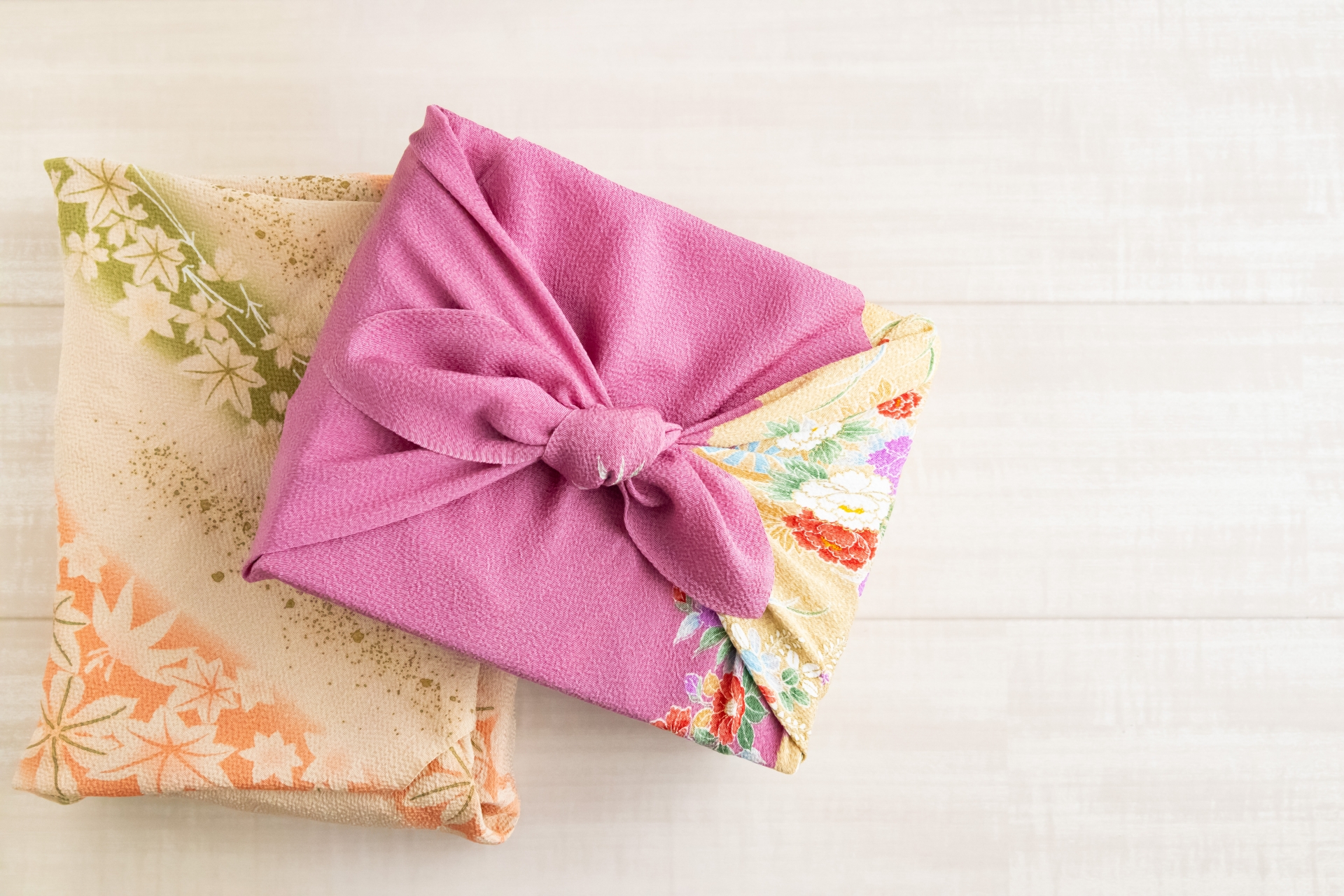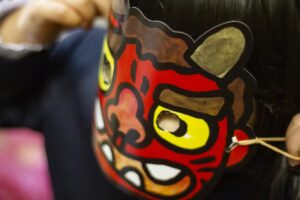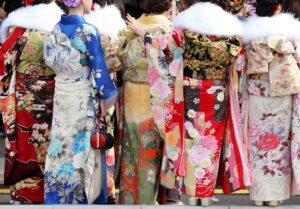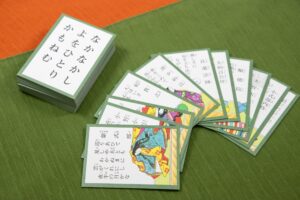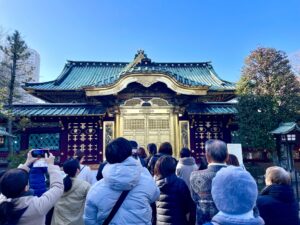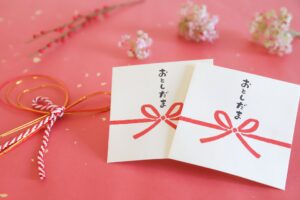Oseibo is a centuries-old Japanese tradition of giving year-end gifts to express gratitude and maintain strong social or business ties. This article unpacks the origin of Oseibo, how it is celebrated in modern Japan, the kinds of gifts typically given, and what non-Japanese residents or global professionals should know to participate respectfully in this meaningful custom.
What is Oseibo? Understanding Its Origin and Purpose

Oseibo (お歳暮, pronounced “oh-sei-bo”) is a traditional Japanese custom that involves giving gifts at the end of the year. The word itself consists of three kanji: “歲” (age or year), and “暮” (end), reflecting its timing in late December. This centuries-old practice dates back to the Edo period, where it began as a way to offer offerings to one’s ancestral spirits. Over time, it evolved into a formalized act of expressing gratitude to those who have offered support or guidance throughout the year.
Oseibo plays a vital role in maintaining strong social bonds, whether personal or professional. It’s an expression of appreciation and an acknowledgment of indebtedness, which aligns with Japan’s deep-rooted value of “giri” or social obligation. Unlike Western gift-giving that often celebrates personal milestones, Oseibo is more formal and relationship-oriented.
Oseibo is often mentioned alongside Ochugen, a similar gift-giving tradition in the summer. The two customs share the same intent—to express thanks—but differ in seasonal timing: Ochugen is given in mid-July, while Oseibo is presented in December. Once a gift relationship begins, it is customary and polite to maintain it annually to avoid giving offense.
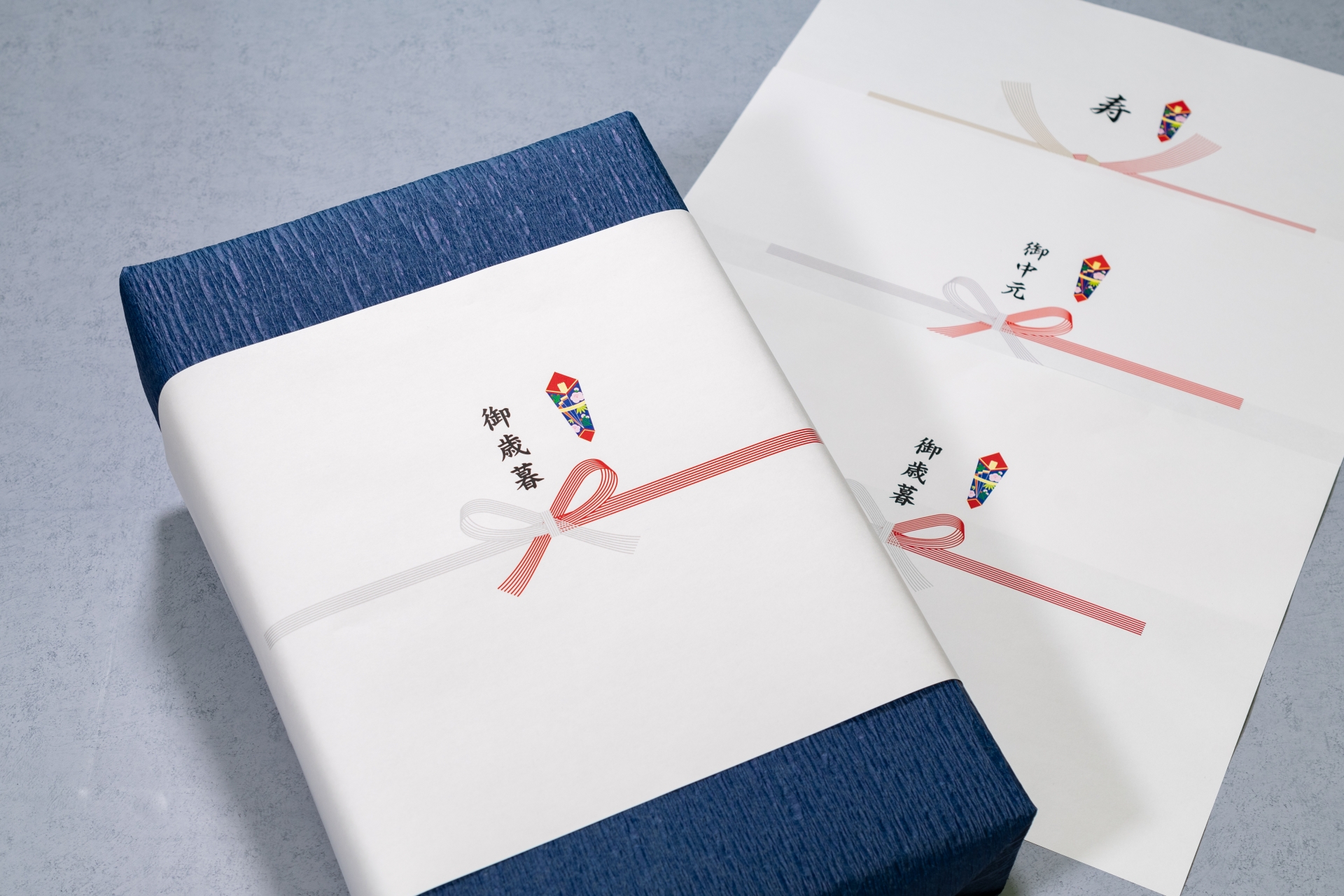
When and Who Do You Give Oseibo To?
The traditional season for giving Oseibo is early to mid-December, though the exact timing may vary by region. In Eastern Japan, including Tokyo, the typical Oseibo period spans from December 1 to December 20. In Western Japan, such as Kyoto and Osaka, the window is slightly later, usually from December 10 to December 25.
Oseibo is typically given to individuals who have had a significant impact on one’s life or career over the past year. Common recipients include:
- Workplace superiors and business clients
- Teachers, mentors, and professional advisors
- Relatives, especially elder family members
- Service providers with long-standing relationships (e.g., doctors, landlords)
It is considered impolite to start and stop giving Oseibo gifts without clear communication. Once you begin the tradition with someone, annual continuation is expected unless the relationship ends or there’s a mutual understanding to discontinue.
What Kinds of Gifts Are Appropriate for Oseibo?
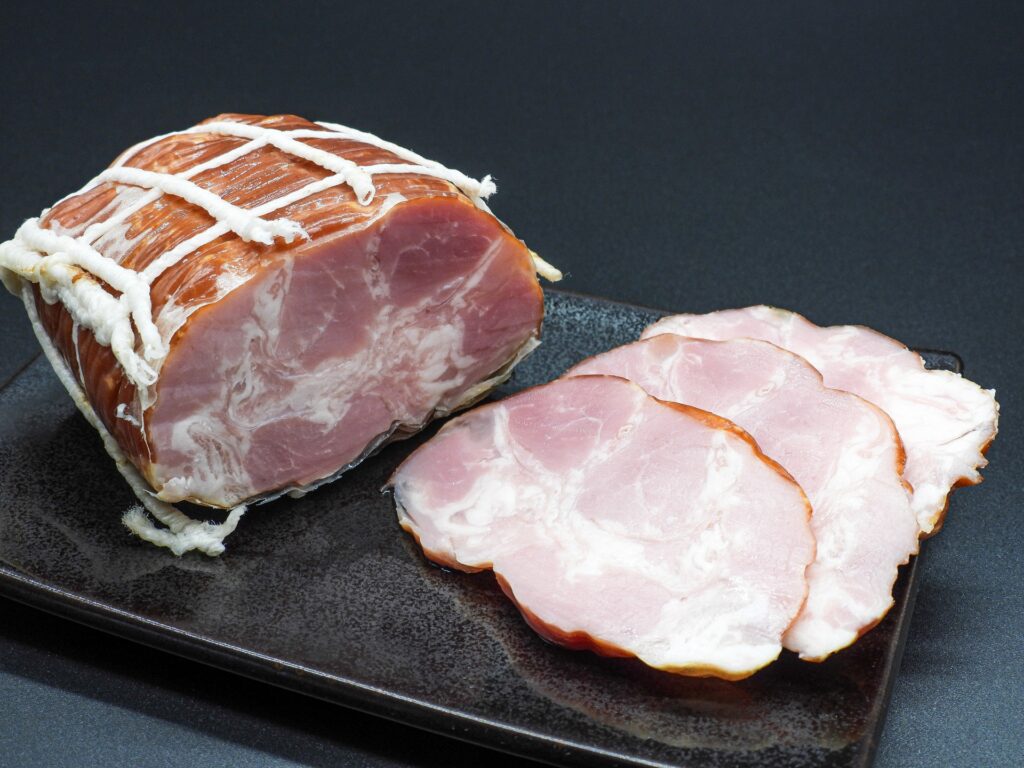
Oseibo gifts tend to be practical rather than luxurious. Popular choices include:
- Gourmet food items like sausage or ham sets
- Beverages such as Japanese sake, beer, or high-quality tea
- Daily necessities like cooking oil, soy sauce, or laundry detergent
The idea is to select something useful and consumable, which avoids waste and is universally appreciated. Lavish or overly personal gifts can come across as inappropriate, especially in professional settings.
Modern trends have introduced new values to Oseibo gift selection. Eco-conscious and health-oriented gifts, such as organic products or locally sourced specialties, have become more popular. Regional specialties (known as meibutsu) are also a popular choice, allowing gift-givers to share the essence of their hometowns.

How Much Should You Spend on Oseibo?
The typical budget for Oseibo gifts ranges between 3,000 and 10,000 yen (approximately $20 to $70 USD). The amount often depends on the relationship: gifts for business superiors or long-standing clients may be at the higher end, while family members or casual acquaintances may receive more modest tokens.
Care should be taken not to overspend, especially in corporate environments, where lavish gifts could be perceived as bribery or may make recipients uncomfortable. A sincere, appropriately priced gift is far more appreciated than one that appears excessive or self-serving.
Oseibo Etiquette: How to Give and Receive Respectfully
Oseibo gifts can be hand-delivered or sent by mail. In personal contexts, hand delivery is preferred and allows for a direct expression of thanks. In business situations or when distance makes personal delivery difficult, sending the gift via a reputable service with proper labeling is entirely acceptable.
Traditional wrapping styles elevate the presentation and respect conveyed through the gift. Wrapping with “noshi” (a ceremonial paper attached to gifts) and “furoshiki” (cloth wrapping) shows attention to cultural detail. The noshi typically includes the sender’s name and the purpose of the gift.
Polite phrases used when delivering Oseibo include:
- 「日頃お世話になっています」 (Thank you for your continued support)
- 「一年間、大変お世話になりました」 (Thank you for all your help this year)
When receiving an Oseibo, express gratitude promptly and avoid opening the gift in front of the giver unless invited to do so.


Common Mistakes to Avoid When Giving Oseibo
Avoid these faux pas:
- Giving highly personal items (e.g., perfumes, fashion accessories)
- Missing the seasonal window
- Selecting overly expensive or branded items that may embarrass the recipient
- Using festive wrappings for a household in mourning (喪中)
If a household is in mourning, it is considered inappropriate to send an Oseibo. In such cases, wait until after the mourning period and instead send a “kanchu mimai” (mid-winter greeting), usually between January 5 and February 4. This should be wrapped modestly and include a respectful note.
Oseibo in the Modern Era: Business, Sustainability, and Globalization
Modern Oseibo practices reflect a changing Japan. Businesses increasingly use online gift portals to streamline bulk orders, and e-gifting has emerged as a practical alternative during the pandemic era.
Corporate Oseibo has also evolved with social values. Companies now prefer gifts that align with SDGs (Sustainable Development Goals), including locally produced, recyclable, or low-waste items. Health-conscious snacks, ethical coffee blends, and reusable household goods are rising in popularity.
For international companies and foreign professionals operating in Japan, participating in Oseibo can be a meaningful way to show cultural sensitivity. Choosing appropriate gifts, respecting the seasonal window, and including polite messages help build trust and respect in cross-cultural relationships.
Bonus: Oseibo vs. Western Holiday Gifts – A Cross-Cultural View

While both Oseibo and Western holiday gifts occur around the same season, their cultural motivations differ significantly. Oseibo stems from social obligation and is often hierarchical. Gifts are given “upward” to superiors or elders to express thanks and loyalty. In contrast, Western holiday gifts are typically horizontal, shared among friends and family with affection and equality.
In multicultural workplaces, navigating both traditions requires sensitivity. For instance, a Japanese colleague may offer an Oseibo while expecting no return gift, while an American may view gifting as reciprocal. Bridging these customs can involve clear communication, thoughtful planning, and modest yet sincere gestures that honor both traditions.
Regional Oseibo Timing and Customs
Though the practice of Oseibo is nationwide, regional nuances in timing are important. As noted earlier, Eastern Japan typically begins earlier (Dec 1–20), while Western Japan starts a bit later (Dec 10–25). Being aware of these subtle differences is a sign of cultural respect, especially when dealing with clients or relatives across regions.
Gift-giving form and etiquette remain largely consistent, but understanding local preferences or expectations can help avoid unintentional rudeness. For example, delivering a gift “too early” may seem rushed, while giving it “too late” can come across as neglectful.
Conclusion: The Lasting Value of Oseibo in Modern Japan
Oseibo remains one of Japan’s most enduring and meaningful customs. While the nature of the gifts and the means of delivery have evolved with time, the core purpose—expressing gratitude and maintaining harmonious relationships—continues to resonate.
Whether you’re a foreign resident in Japan, a global business professional, or simply a student of Japanese culture, engaging with the Oseibo tradition can offer deeper insight into the values of respect, reciprocity, and enduring social bonds. Even a simple, thoughtful gift, given with sincerity and cultural awareness, can forge connections that last for years to come.

